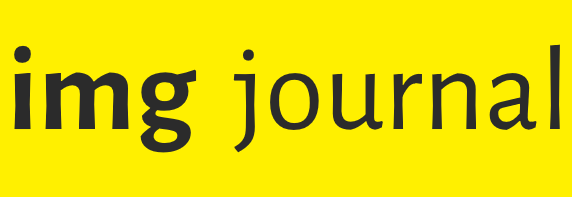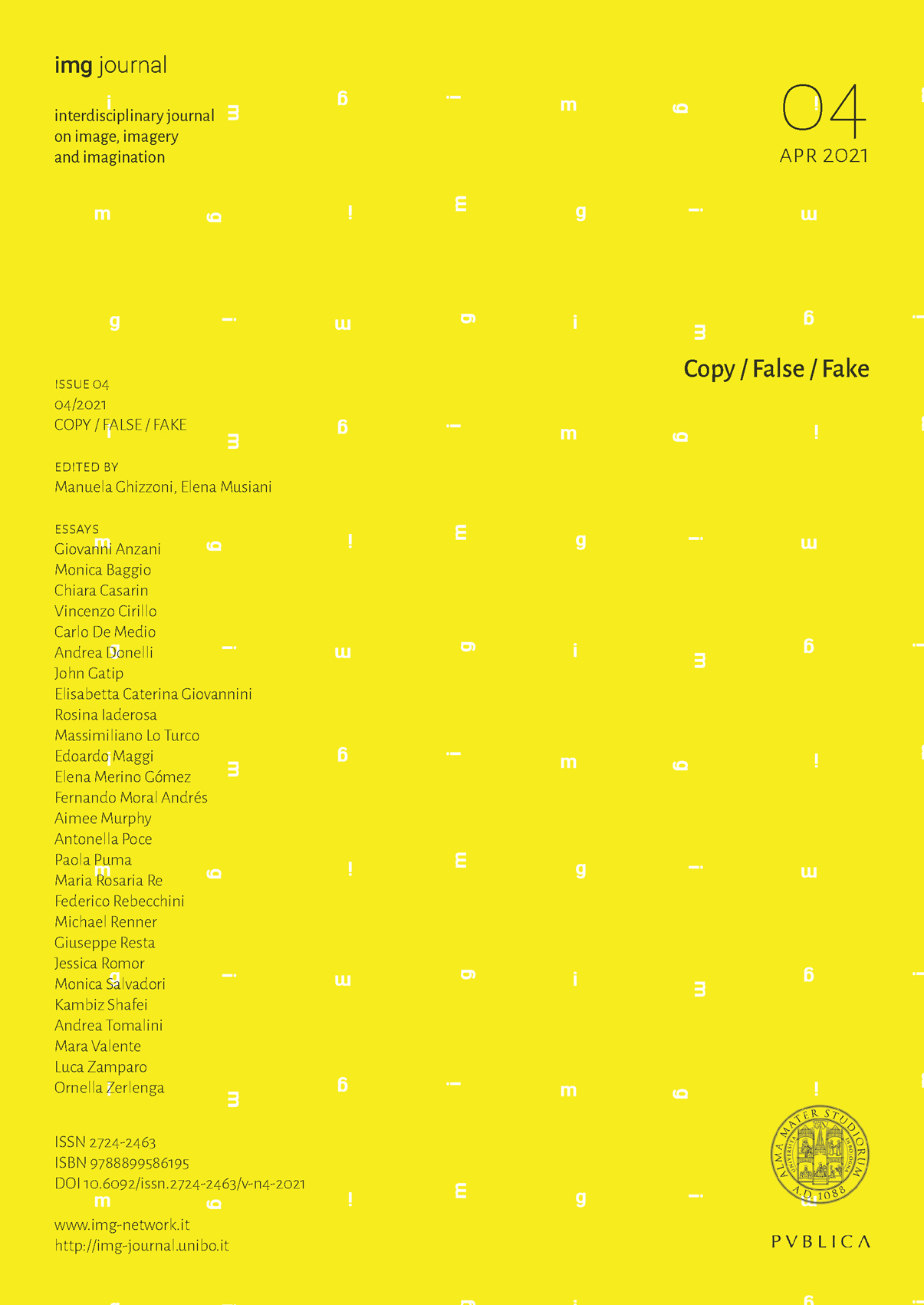Aura, Provenance, Fakes & Forgeries. Exploring the Pitfalls of Provenance and how this Can Enhance the Agenda of Fakes and Forgeries in the Art World
DOI:
https://doi.org/10.6092/issn.2724-2463/12651Keywords:
provenance, fakes, aura, Walter Benjamin, perceptionAbstract
The provenance of a work of art, that is, the documentation of its ownership history, is a vital tool in determining authenticity and legitimacy. Deriving from the French provenir meaning ‘to come from’, a sound provenance record functions as a prerequisite for authenticating a work; without one, the likelihood of it being accepted by any reputable collection or dealer is mprobable. What happens, however, when a fake work of art is accompanied by a fake provenance record?
This essay shall take the ‘master scam’ conceived by John Myatt and John Drewe, notorious for infiltrating some of the world’s largest museums and galleries with fake artworks and provenance records, as an example to aptly illustrate such pitfalls of provenance. Emphasising seminal theories of aura and authorship through an analysis of the work of Walter Benjamin and Michel Foucault, it is argued that knowledge of such provenance holds the capability of psychologically altering the viewers perception of the work itself. Subsequently, utilising provenance in this way can enhance the agenda of fakes and forgeries circulating in the art world, highlighting the need for stronger institutional methodologies in relation to authenticity.
Downloads
Published
How to Cite
Issue
Section
License
Copyright (c) 2021 Aimee Murphy

This work is licensed under a Creative Commons Attribution 4.0 International License.





